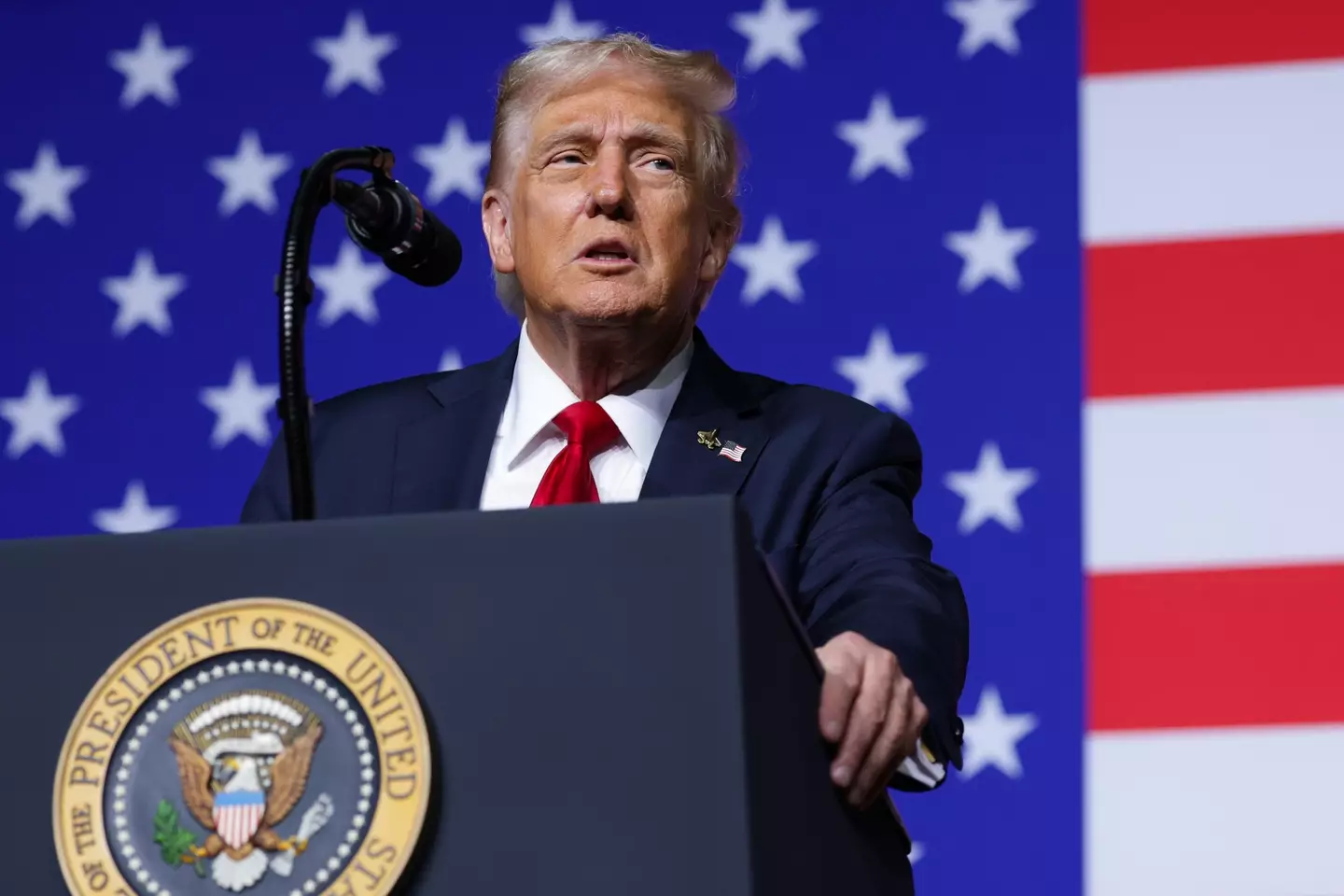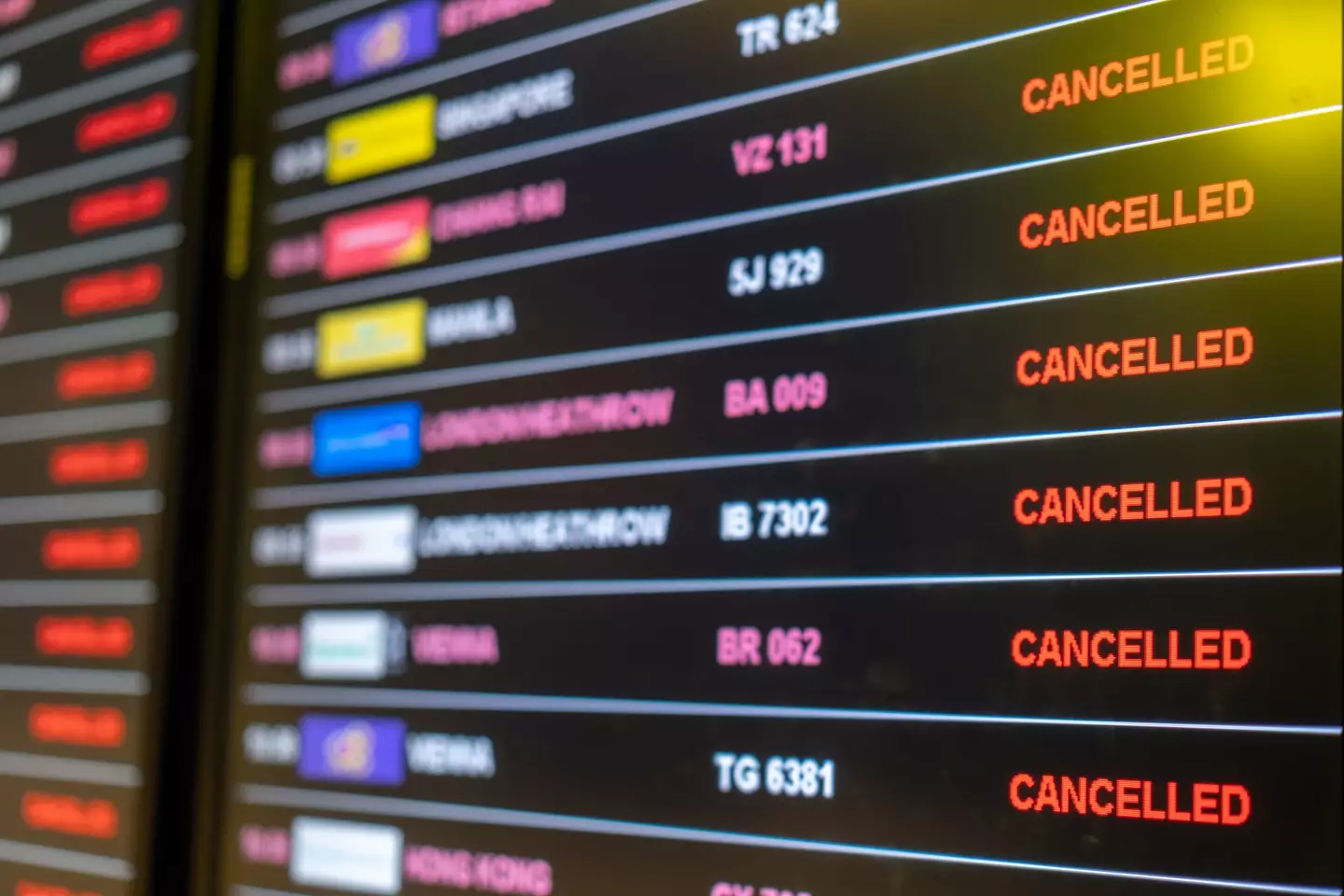The United States federal government has shut down after negotiations between President Donald Trump and Congressional Democrats failed. This shutdown, the first since 2018, means many government functions considered non-essential have stopped, and thousands of Americans will feel the impact.

Federal workers are hit hardest, with many forced to stay home without pay until funding is restored. Agencies like the Centers for Disease Control (CDC) and National Institutes of Health (NIH) are expected to furlough staff, delaying important work. While some roles, like air traffic control and TSA agents, will continue, those workers won’t be paid during the shutdown.
Travel may face delays, as some air traffic controllers might call out sick due to unpaid wages, leading to longer waits at airports. The shutdown stems from a budget deadlock in Congress, where Republicans control both houses but lack enough votes to pass funding. Democrats oppose the bill, citing concerns about healthcare cuts.

President Trump warned layoffs could follow, blaming Democrats for the shutdown. He suggested the shutdown could help remove programs he opposes. The timeline for resolving this crisis remains uncertain, leaving many Americans anxious about what’s next.


